Phlegm Misting the Heart
The information provided here is not a replacement for a doctor. You shouldn't use it for the purpose of self-diagnosing or self-medicating but rather so you can have a more informed discussion with a professional TCM practitioner.
At a glance
Preliminary reading: What is a pattern? The concept of Phlegm The Heart in Chinese Medicine
Key attributes
Chinese name: 痰迷心窍 Pinyin name: Tán Mí Xīn Qiào
Pattern nature: Full
Pattern hierarchy: Specific pattern under Phlegm
Causes
Precursor patterns: Spleen Qi Deficiency
Common causes: 1. Constitutional for children, 2. Diet
Diagnosis
Common symptoms: Aphasia Vomiting Slurred speech Unconsciousness Mental confusion and three other symptoms
Pulse type(s): Slippery (Hua)
Tongue description: Thick sticky slippery white coating, swollen tongue, midline crack until the tip of the tongue
Treatment
Treatment principle: Resolve Phlegm, open the Heart and the Mind’s orifices.
Common formulas: Wen Dan Tang Di Tan Tang Gun Tan Wan and one other formulas
Pathology
This pattern is also called 'Cold Phlegm or Mucus Obstructing the Heart Orifices'. It is similar to the pattern of 'Phlegm Fire harassing the Heart' (also called 'Hot Phlegm or Mucus Obstructing the Heart orifices'), but it is a Cold Pattern here.
Children can have this pattern and it is often constitutional. It can be the fundamental cause for symptoms like retardation or speech difficulties.
As for adult, Phlegm together with the Wind can lead to coma, paralysis and aphasia, which happens often after a Wind-stroke attack.
The Mind has no residence at the Heart if it is obstructed by the Phlegm, hence the symptoms of mental confusion, lethargic stupor or unconsciousness.
The Phlegm also prevents the tongue from moving and thus aphasia happens. It is because the Heart opens to the tongue.
Due to the Phlegm obstructing the chest, vomiting and the rattling sound in the throat are also the typical symptoms.
Finally, the swollen tongue with sticky coating and Slippery pulse also shows the existing of Phlegm.
Causes
Precursor patterns: Phlegm Misting the Heart can derive from Spleen Qi Deficiency
Constitutional for children : This pattern is constitutional if it happens to children.
Diet: Over consumption of greasy, cold or raw foods can cause accumulation of Phlegm and thus related patterns. However, in order for the Phlegm to mist the Heart, there are usually also serious long term emotional problems such as anxiety.
Diagnosing Phlegm Misting the Heart
Diagnosing a pattern in Chinese Medicine is no easy feat and should be left to professional practitioners. In particular one has to know how to differentiate between different types of pulses and tongue coatings, shapes and colors as well as learn to read from a long list of seemingly unrelated symptoms.
Pulse type(s): Slippery (Hua)
Tongue description: Thick sticky slippery white coating, swollen tongue, midline crack until the tip of the tongue
Main symptoms: Aphasia Vomiting Slurred speech Unconsciousness Mental confusion Incoherent speech Rattling sound in the throat Lethargic and withdrawn state
Diagnosis commentary: Key characteristic symptoms of this pattern are the rental confusion, rattling sound in the throat and swollen tongue with sticky coating.
Treating Phlegm Misting the Heart
Treatment principle
Resolve Phlegm, open the Heart and the Mind’s orifices.
Herbal formulas used to treat Phlegm Misting the Heart
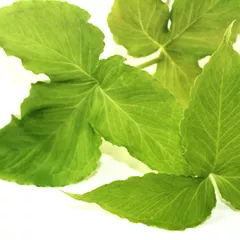
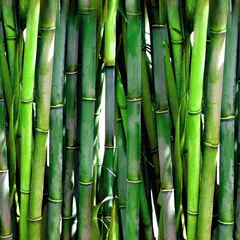
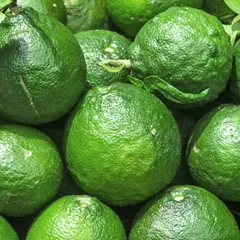
The top herbs in Wen Dan Tang are Crow-Dipper Rhizomes (Ban Xia), Bamboo Shavings (Zhu Ru) and Immature Bitter Oranges (Zhi Shi)
Wen Dan Tang
Source date: 1174 AD
Number of ingredients: 8 herbs
Key actions: Clears Phlegm. Clears Gallbladder. Regulates Qi. Harmonizes the Stomach.
Formula summary
Wen Dan Tang is a 8-ingredient Chinese Medicine formula. Invented in 1174 AD, it belongs to the category of formulas that dry Dampness and transform Phlegm.
Besides Phlegm Misting the Heart, Wen Dan Tang is also used to treat Gallbladder Deficiency or Phlegm-Fire harassing the Heart.
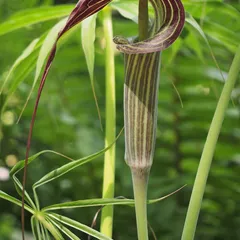
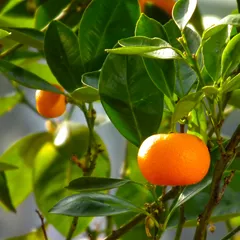

The top herbs in Di Tan Tang are Arisaema (Tian Nan Xing), Red Tangerine Peel (Ju Hong) and Crow-Dipper Rhizomes (Ban Xia)
Di Tan Tang
Source date: 1470 AD
Number of ingredients: 9 herbs
Key actions: Removes Phlegm. Opens the sensory orifices. Tonifies Qi.
Formula summary
Di Tan Tang is a 9-ingredient Chinese Medicine formula. Invented in 1470 AD, it belongs to the category of formulas that dispel Phlegm.
Besides Phlegm Misting the Heart, Di Tan Tang is also used to treat Heart Vessel obstructed.
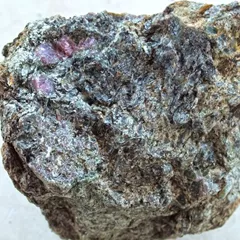
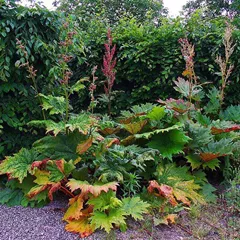

The top herbs in Gun Tan Wan are Chlorite Schist (Meng Shi), Rhubarb (Da Huang) and Baikal Skullcap Roots (Huang Qin)
Gun Tan Wan
Formula summary
Gun Tan Wan is a 4-ingredient Chinese Medicine formula. Invented in 1396 AD, it belongs to the category of formulas that clear Heat and transform Phlegm.
Besides Phlegm Misting the Heart, Gun Tan Wan is also used to treat Phlegm-Heat.
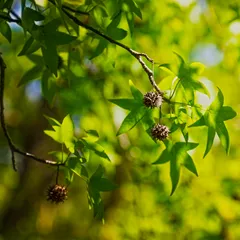
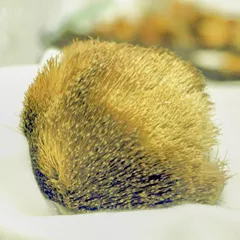
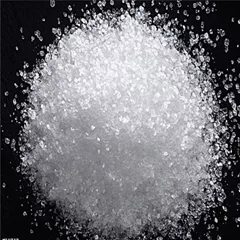
The top herbs in Su He Xiang Wan are Styrax (Su He Xiang), Musk (She Xiang) and Borneol (Bing Pian)
Su He Xiang Wan
Source date: 752 AD
Number of ingredients: 15 herbs
Key actions: Warms and aromatically opens the sensory orifices. Promotes the movement of Qi. Transforms turbidity.
Formula summary
Su He Xiang Wan is a 15-ingredient Chinese Medicine formula. Invented in 752 AD, it belongs to the category of formulas that warm and open sensory orifices.
Diet recommendations
As for food recommendation, it is better to avoid any dairy, chocolate, alcohol, sodas, wheat, flour products, desserts, greasy and fried foods, caffeinated foods and drinks, cold and iced drinks and foods, raw foods, fruit and vegetable juices, salads. Avoid any processed foods, especially those with additives. Better eat rice, millet and barley, black bean soup with onions and garlic, protein and vegetables.
Take some safe and mild exercise such as walking.
Finally try some professional psychotherapy such as cupping or moxibustion.
Consequence patterns
Phlegm can block Qi flow and causes Qi Deficiency.
If Phlegm accumulates for a long time without being treated, it can give rise to Dryness and Blood Stagnation. It often happens to elderly people.
